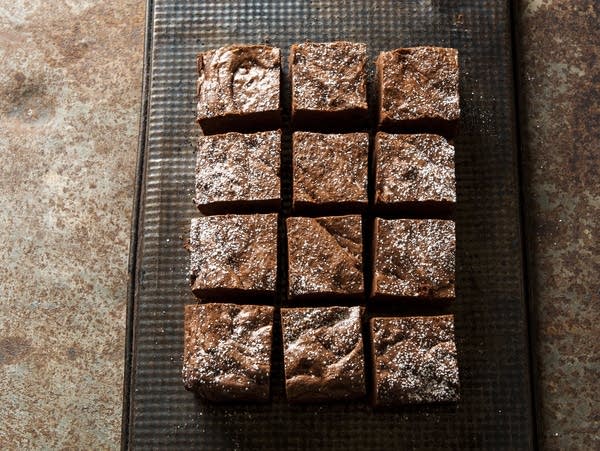Appetites: The natural flavors to make life sweeter

Very chocolate maple brownies from "Sweet Nature: A Cook's Guide to Using Honey and Maple Syrup" by Beth Dooley and Mette Nielsen.
Courtesy of Mette Nielsen
Go Deeper.
Create an account or log in to save stories.
Like this?
Thanks for liking this story! We have added it to a list of your favorite stories.


